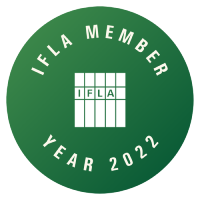Once you've found and evaluated an information source on your topic, it's time to engage with it!
Remember: Not ALL the text may be relevant to your need. Think about your purpose for reading
Take a look at the skim reading method in the box on the right. This will help, especially for longer readings.
Making sense of a text
Good authors will organise their information in a systematic way.
Here are some typical ways that information may be organised in a text:
Past ideas to present ideas
Steps or stages of a process or event
Most important point to least important point
Well-known ideas to least-known ideas
Simple ideas to complex ideas
General ideas to specific ideas
The largest parts to the smallest parts of something
Problems and solutions
Causes and results
Now that you know about these practices you can start using them in your own writing too!
Keep thinking while you're reading:
Find the main idea
Find supporting details
Make connections
Find cause and effect
Think about the author's purpose
Make predictions
Infer meaning
Distinguish between facts & opinion
Visualize for meaning
Use context clues
KEEP A DICTIONARY HANDY - AND USE IT! It will help expand your vocabulary for writing as well.
To save time, skim read the text first to get a sense of the layout and purpose of the content.
HERE'S HOW IT'S DONE
Preview: Read only the title and headings, and look at any illustrations, or charts/tables -- look for concepts that match your need
Overview: Go back and read the Abstract (the initial summary, if there is one), and the first sentence introducing each heading, plus the concluding paragraph. This gives you an idea of the layout and organisation of the text.
Inview: Ask yourself: “Does this text give me the information I require and where might it be located in the text"? This is the section you should read thoroughly and make notes from.
When you use this method, the important points of the text should emerge, giving you a picture of what it is about.

Image Source: "Literature" by james119.deviantart

University of the Western Cape,
Robert Sobukwe Road,
Bellville,
7535
Tel: 021 959 2946
